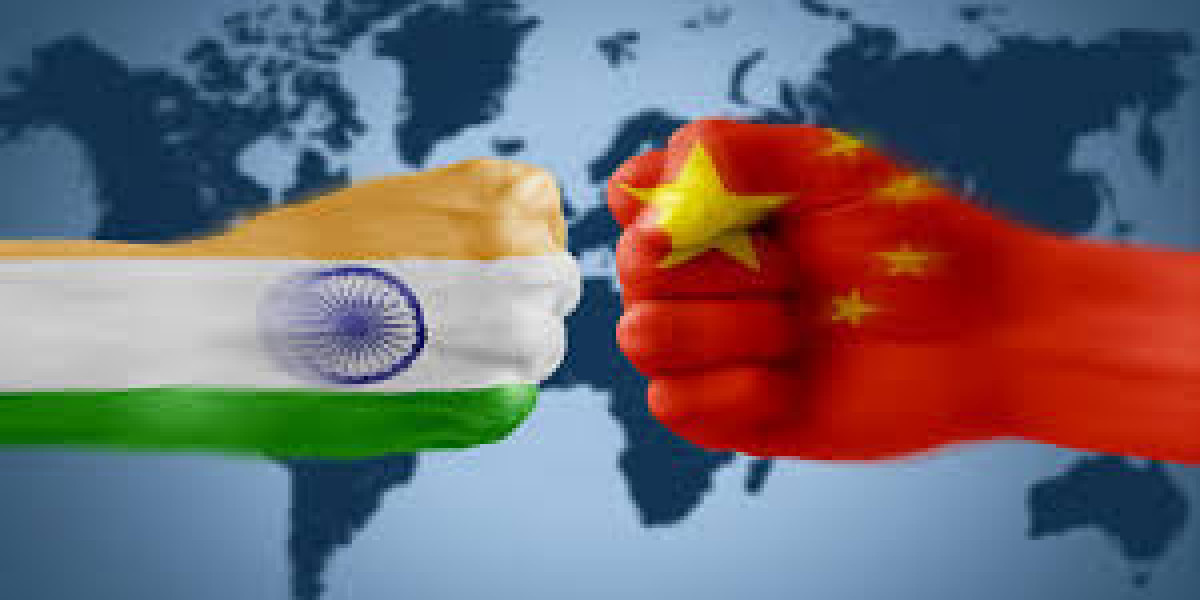India and China’s relationship has always been a balancing act between cooperation and competition, but recent developments show that the India and China relations landscape is now defined by Beijing’s next move. As India has taken steps to resume dialogue and stabilise ties, the onus has shifted to China to decide whether it will reciprocate or maintain the status quo. Manoj Joshi aptly observes that the ball is now firmly in the Chinese court.
India’s Strategic Bet
India has taken visible steps to reduce tensions along the border with China, especially after the deadly Galwan clash in 2020. Since then, Indian leadership has adopted a dual strategy—assertiveness on sovereignty and openness to diplomacy. Military-level agreements such as disengagement protocols in key flashpoints like Pangong Tso and Gogra–Hot Springs demonstrate India's resolve to de-escalate while securing national interests.
Alongside these tactical moves, Delhi has worked on strategic-level frameworks. Mechanisms for enhanced military communication, such as hotlines between corps commanders and diplomatic backchannels, have helped prevent unintended escalations.
China’s Response and Regional Balance
From Beijing’s perspective, any thaw must align with its larger strategic interests. While China might be open to dialogue, its core concerns—border perceptions along the Line of Actual Control (LAC), increased Indian defence presence, and international alignments—remain unresolved. If China demonstrates flexibility, it could reset regional dynamics. But if it refrains, the India and China relations stalemate may continue, allowing both nations to recalibrate their alliances—India towards Quad and U.S. partnerships, China reinforcing ties with Pakistan, and regional initiatives like BRI.
Economic and Diplomatic Stakes
Beyond border tensions, economic interdependence plays a vital role. Bilateral trade remains robust, but India’s market barriers and China’s cautious stance complicate dynamics. Both nations have signalled interest in resuming commercial engagement, but mutual mistrust slows progress. Diplomatic gestures, such as trade talks or cultural exchanges, could signal thawing—but they depend on Chinese follow-through. Maintaining momentum now requires proactive Chinese diplomacy backed by concrete steps.
Conclusion
In this pivotal moment, the India and China relations have reached a test. India has signalled readiness to rebuild trust through dialogue and military de-escalation. Now it is China’s turn to respond—to either match India’s overtures with genuine engagement or let the relationship drift. If China accepts the ball, both nations can gradually climb from confrontation to constructive partnership, stabilising not only bilateral ties but the larger regional order. But silence or strategic inertia from Beijing risks prolonging uncertainty, leaving South Asia’s future defined by tensions rather than cooperation.








